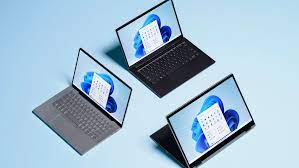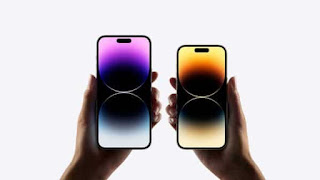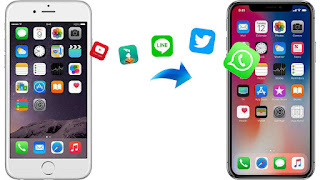Samsung is adding another phone to its U.S. lineup. The Galaxy XCover6Pro is a rugged device intended primarily for industrial and corporate use, unlike Samsung’s flagship Galaxy S22 series or premium foldable Galaxy Z phones. It will launch in the US on October 22 after debuting in other markets, and it’s the South Korean company’s first 5G-compatible rugged phone.

According to Samsung, the Galaxy XCover6Pro can withstand drops of up to 1.5 meters. It has some specific features that most phones don’t have, including programmable buttons and a replaceable battery. Samsung also launched its rugged tablet in the US today, the $649 Galaxy Tab Active4 Pro.
Both devices were released in other markets earlier this year and retain many of the same features. They are all MIL-STD-810H compliant, which means they have been specifically tested by the US military to withstand certain altitude, humidity, immersion, salt spray, dust, vibration, and drop thresholds. Both the Galaxy XCover6Pro and Galaxy Tab Active4 Pro have replaceable batteries, but the tablet can also run without a battery, drawing power from the vehicle or kiosk if continuous use is required. Both phones and tablets support 5G.
Each device has programmable buttons that can be customized as shortcuts to launch specific apps or functions. While swappable batteries and custom buttons sound useful for any phone, the Galaxy XCover6 Pro and Galaxy Tab Active4 Pro are primarily designed for industrial use.
Inside, the Galaxy XCover6Pro has a Qualcomm Snapdragon 778G processor, 6GB of RAM, and 128GB of storage, expandable up to 1TB via a microSD card slot. It has a 6.6-inch screen and a dual-lens camera with 50-megapixel and 8-megapixel sensors. It’s also one of the few smartphones that still comes with a 3.5mm headphone jack. It’s rated IP68 for dust and water resistance, and it features scratch-resistant Gorilla Glass Victus Plus.
Because these devices are designed for enterprise and industrial use, they are available through Amazon Business and IT channel partners in addition to Samsung‘s website. The Galaxy XCover6 Pro will also land on some carriers, but Samsung hasn’t revealed which ones.
>>>>>>>>>>>>>>>Samsung battery









